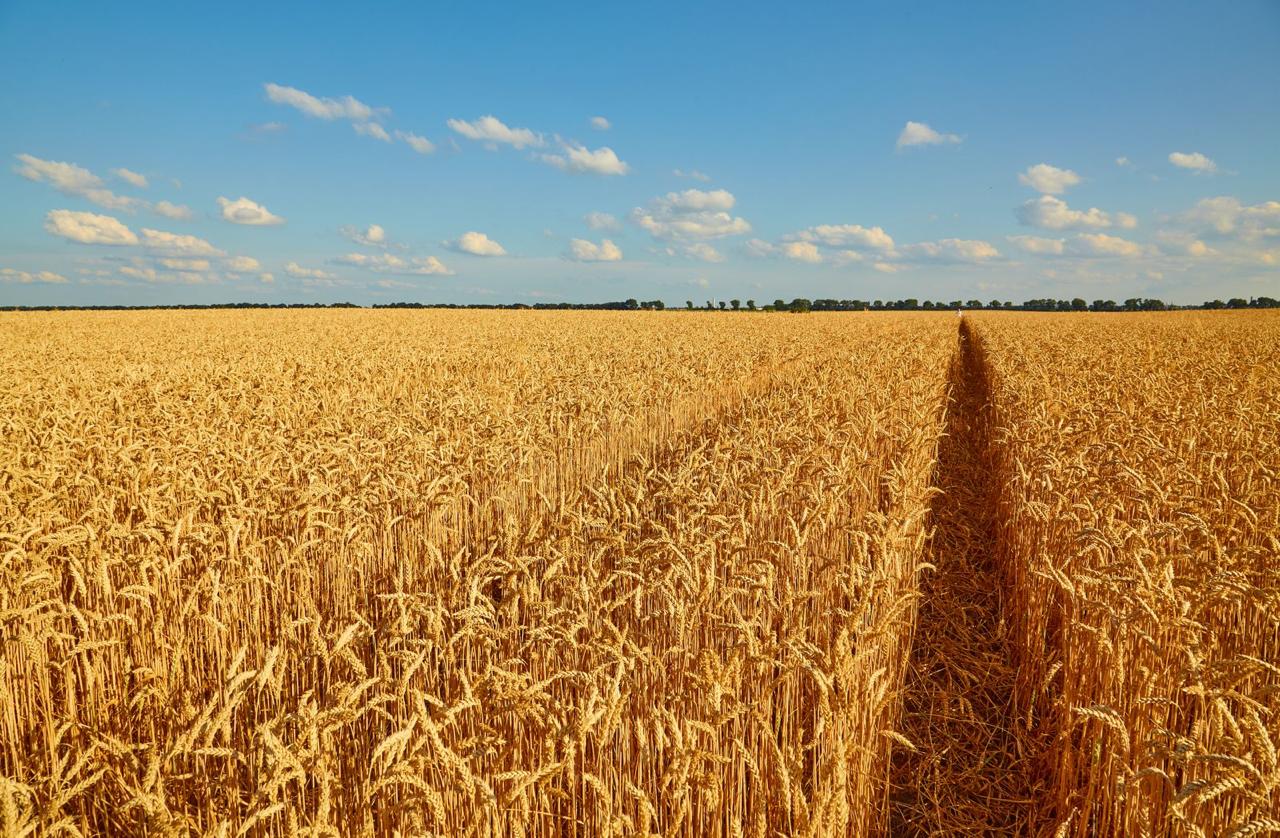India Meteorological Department (IMD) has asked authorities and residents of central India, Uttarakhand and Haryana to stay alert to the risk of flooding as the southwest monsoon is expected to be “above normal” in most parts of the country in July, at 106 per cent of the Long Period Average (LPA).
However, rainfall in July is expected to be “below normal” in large parts of the northeast (NE), extreme southern peninsular India, and many areas of eastern India, including in Bihar, IMD data showed.
July is among the most crucial months in the four-month monsoon season that starts from June. It accounts for almost 34.5 per cent of the total seasonal rainfall.
Any break or let-down in monsoon rains in July and August can have a big impact on the standing kharif crops.
Meanwhile, the weatherman said that the average maximum temperature in July is expected to remain “normal to below normal” in many regions. However, parts of the northeast, northwest, east, and southern peninsula are likely to see above-normal temperature.
IMD Director General Mrutyunjay Mohapatra said during an online press briefing that there is a high possibility of heavy rainfall in central India, and the adjoining southern peninsula. These areas include east Madhya Pradesh, Chhattisgarh, Odisha, adjoining areas of Vidarbha and Telangana, and parts of Gujarat and Maharashtra.
"We should monitor the catchment areas of rivers such as the Godavari, Mahanadi and Krishna. Our models show a high probability of above-normal rainfall in the upper Mahanadi catchment, which includes Chhattisgarh and Madhya Pradesh. There are several other rivers in the region. We must closely watch rainfall activity and the water levels in reservoirs," Mohapatra said.
He said this kind of rainfall pattern usually occurs when the monsoon trough shifts south of its normal position, and when multiple low-pressure systems form.
Typically, five low-pressure systems form in July and move in a west-northwest direction.















